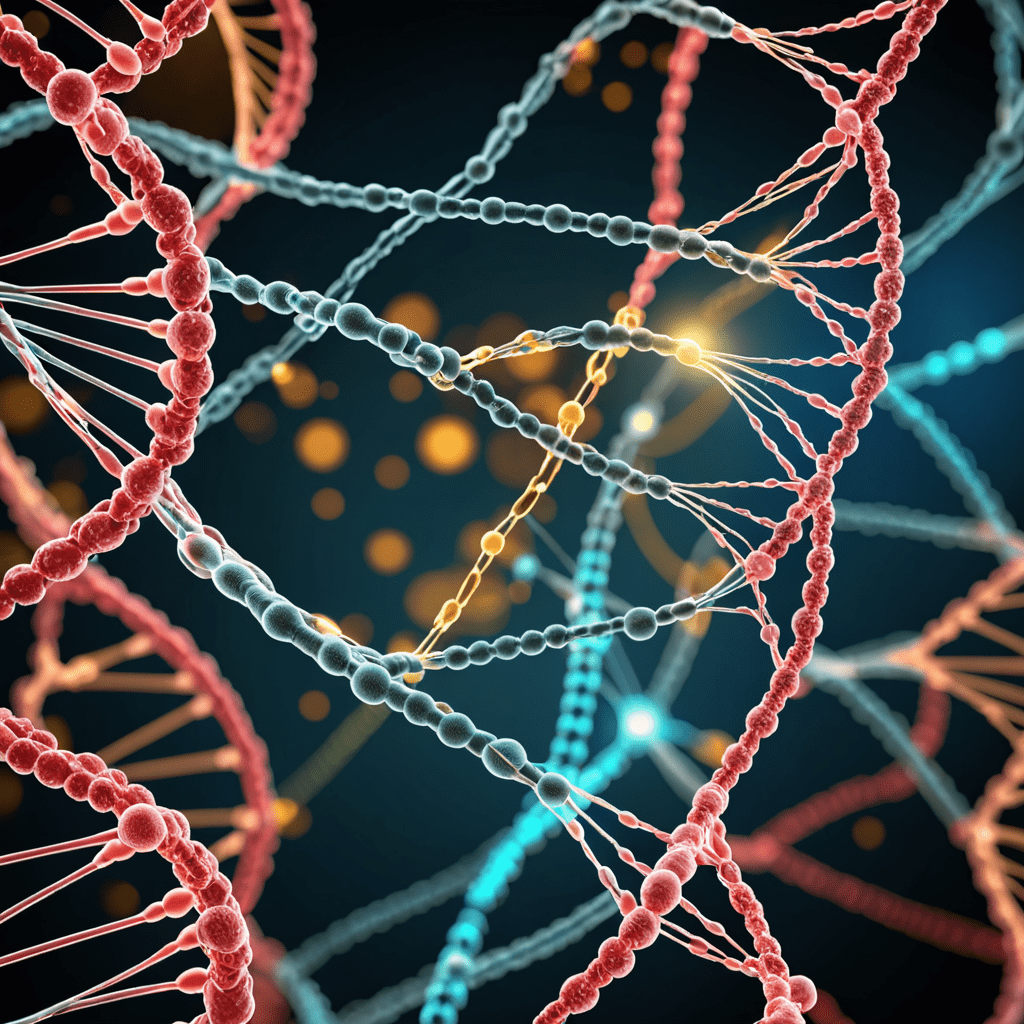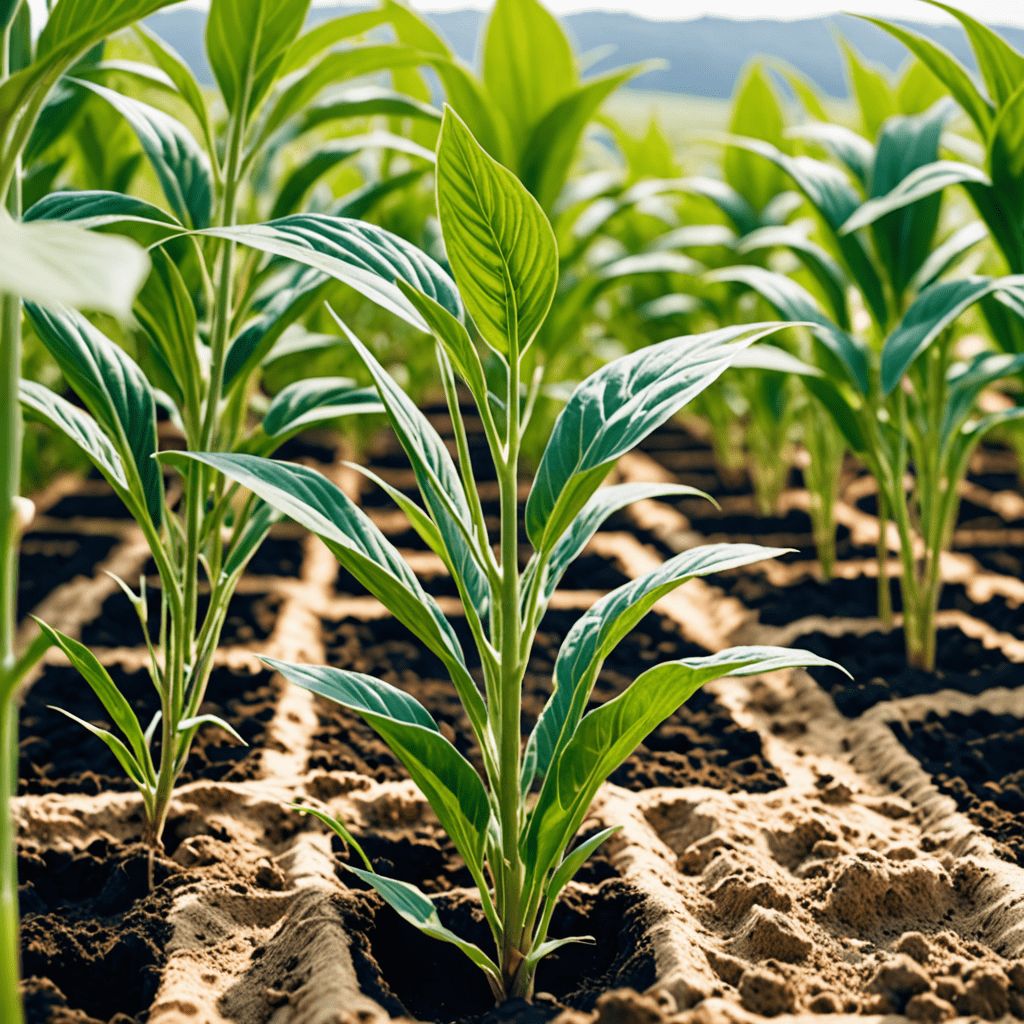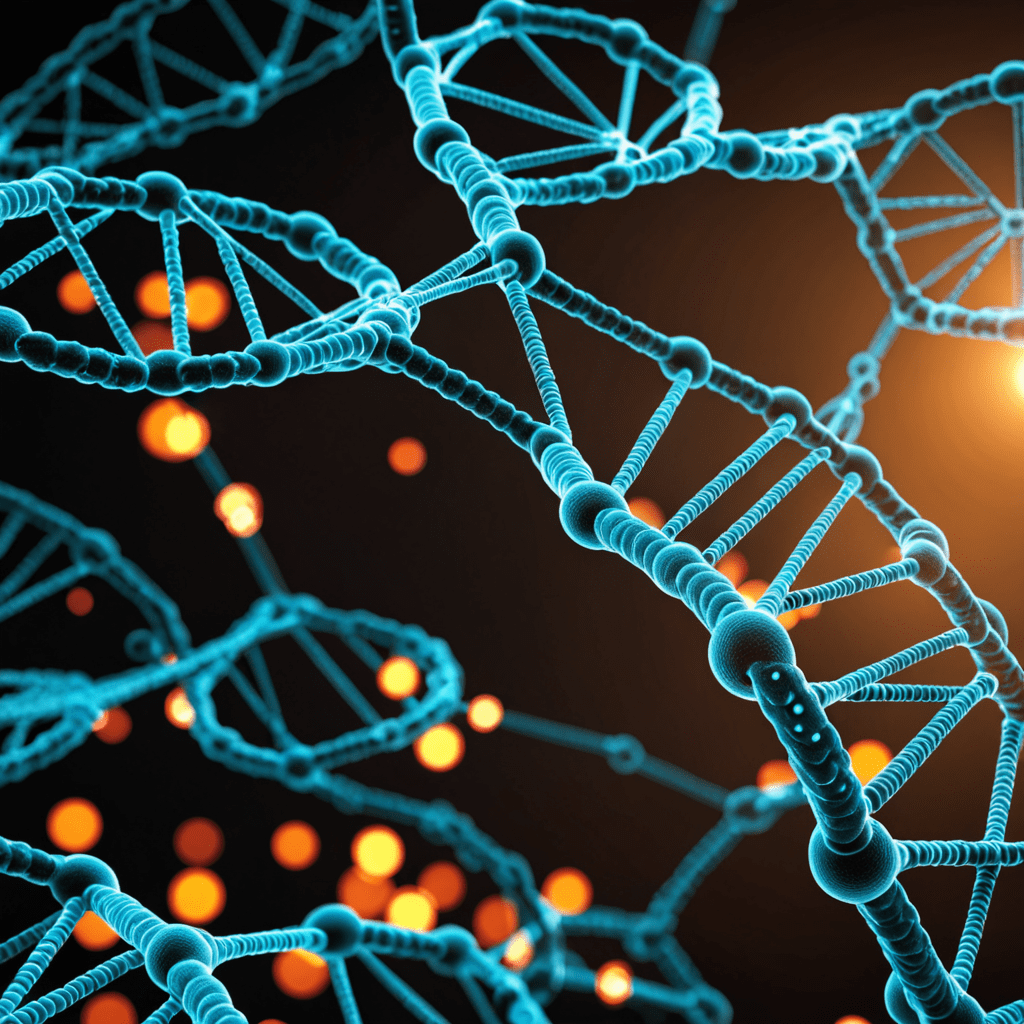Biotechnology and Biocontrol: Managing Pests and Diseases
Introduction to Biotechnology in Pest and Disease Management
Biotechnology has revolutionized pest and disease management in agriculture. By harnessing the power of living organisms, scientists have developed innovative strategies to control pests and diseases in crops effectively.
The Role of Genetic Engineering
Genetic engineering plays a pivotal role in biotechnology-based pest and disease management. Through techniques like gene editing, scientists can create crops with built-in resistance to specific pests and diseases, reducing the need for chemical pesticides.
Biological Control Methods
Biocontrol involves using natural enemies of pests, such as predators, parasitoids, and pathogens, to regulate pest populations. This sustainable approach minimizes environmental impact and helps maintain ecological balance in agricultural systems.
Advantages of Biotechnology in Pest and Disease Management
The use of biotechnology offers several advantages, including increased crop yields, reduced reliance on chemical pesticides, and improved pest and disease resistance in plants. Additionally, biotechnological solutions are often more target-specific, minimizing harm to beneficial organisms.
Challenges and Ethical Considerations
While biotechnology holds immense promise for pest and disease management, it also presents challenges and ethical considerations. Issues such as potential effects on non-target organisms, genetic diversity, and regulatory frameworks require careful consideration in the adoption of biotechnological solutions.
Future Prospects and Innovations
As technology continues to advance, the future of biotechnology in pest and disease management looks promising. Researchers are exploring new techniques, such as RNA interference and CRISPR-Cas9, to develop more precise and efficient ways to combat agricultural pests and diseases.
Conclusion
In conclusion, biotechnology and biocontrol offer sustainable and effective strategies for managing pests and diseases in agriculture. By leveraging the power of genetic engineering and biological control methods, scientists are paving the way for a safer, more environmentally friendly approach to pest and disease management.
What is Biotechnology and Biocontrol in Managing Pests and Diseases?
Biotechnology
Biotechnology involves using living organisms or their derivatives to develop products or processes for different applications. In pest and disease management, biotechnology is utilized to enhance crop resistance and improve agricultural practices.
Biocontrol
Biocontrol refers to the use of natural organisms, such as predatory insects, parasites, or pathogens, to manage pests and diseases in agriculture. This environmentally friendly approach helps reduce reliance on chemical pesticides, promoting sustainable pest management strategies.
How does Biotechnology contribute to Pest and Disease Management?
Enhanced Crop Resistance
Biotechnology helps develop genetically modified crops that are resistant to pests or diseases. By introducing specific genes, plants are better equipped to defend themselves against harmful organisms, leading to higher crop yields.
Improved Pest Control
Biotechnological methods can target pest populations more effectively, offering precision in pest control. This can include the use of bioengineered bacteria or viruses that specifically target pests while being harmless to beneficial insects.
What are the Benefits of Biocontrol in Agriculture?
Environmentally Friendly
Biocontrol methods have minimal impact on the environment, as they use natural enemies to manage pest populations. This


